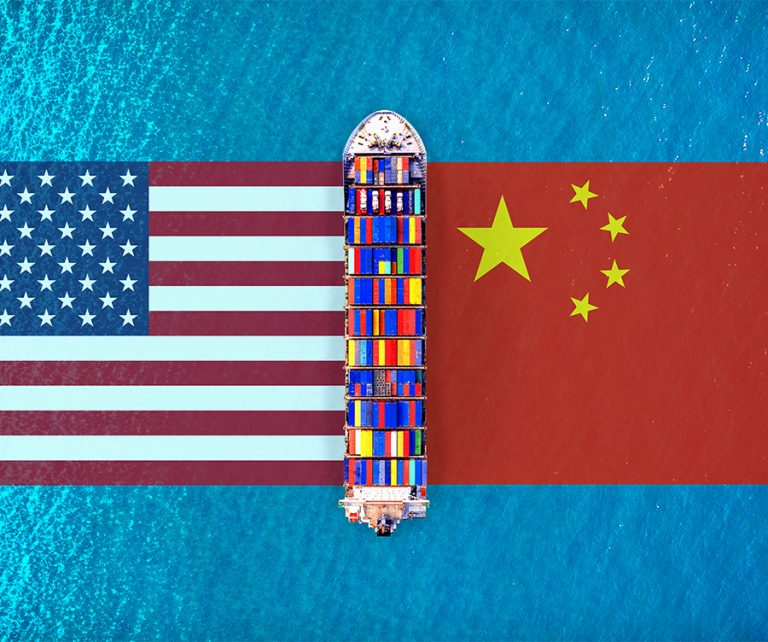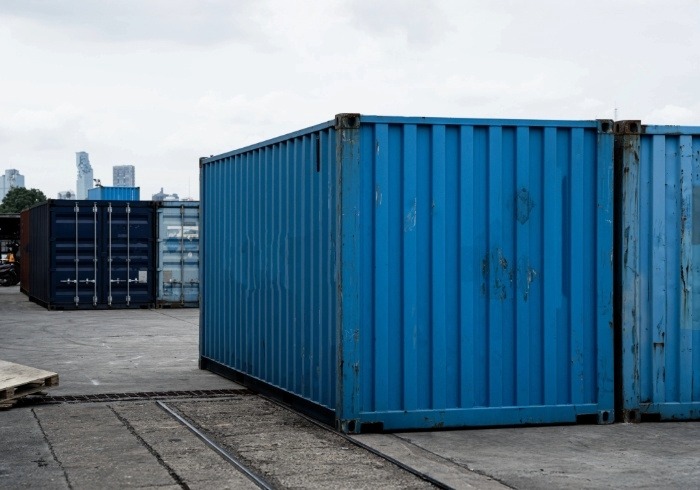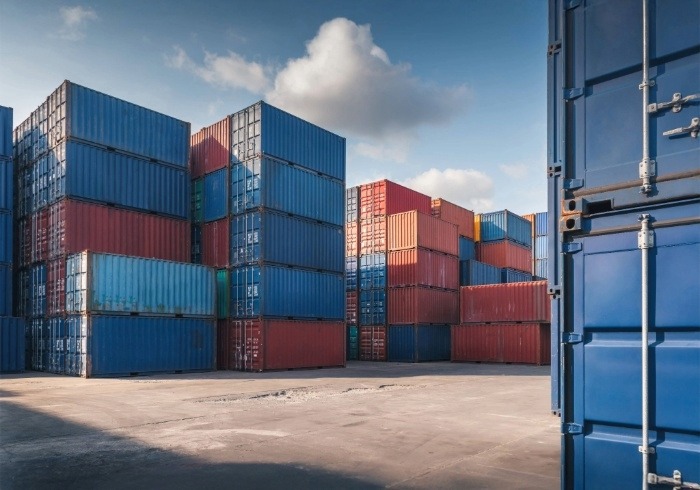US trade data for May is in, and the country’s widespread tariffs have hit containerised imports hard.
The latest Global Shipping Report from shipping logistics company Descartes Systems Group shows container import volumes dropped 9.7% from April and 7.2% year on year, marking the first May decline in seven years outside of the pandemic disruption in 2020.
Container imports from China have been particularly affected, with volumes from the country 20.8% lower than April, and 28.5% year on year.
Volumes from the US’ top 10 countries of origin are down 11.4% compared to April, with imports from Italy and Thailand falling more than 10%.
Additionally, China’s share of total US containerised imports fell to 29.3% in May, the lowest level in over two years.
“After several months of import growth and following a wave of frontloading of shipments in April, the impact of new tariffs began to materialise in May,” says Jackson Wood, director of industry strategy in Descartes’ global trade intelligence unit.
“The effects of US policy shifts with China are also now clearly visible in monthly trade flows,” says Wood.
“While the 90-day agreement between the two countries to lower tariffs may bring US importers some short-term relief, China-origin imports may continue to soften in the months ahead as organisations continue to reassess sourcing strategies amid rising landed costs, and as changes to the US de minimis regulation for low-value Chinese imports continues to add cost pressures to trade.”
Ports on the US West Coast saw large drops in China-origin imports in May, with container flows into California’s Long Beach and Los Angeles ports each falling by around 30% and Washington’s Tacoma and Seattle ports losing around 40% of their Chinese imports compared to April.
This is in line with predictions made by US shipping experts last month, who expected cargo imports to the Port of Los Angeles to remain depressed.
China is also feeling the hurt from US tariff policy, with Chinese government data showing total exports to the US were 9.7% lower this year to May compared to the same period in 2024. Its total exports for May are 4.8% higher than last year, but this is down from the 8.1% growth in April.
Total imports into China have also dropped. Shipments into Chinese ports between January and May this year are 4.9% lower than the same period last year. This is driven in part by the country’s falling trade with the US, from which it imported over US$150bn-worth of goods in 2024, according to the Observatory of Economic Complexity and Chinese government data.
The damage to US-China trade is also hitting consumers in the Asian superpower. Reuters reported on June 10 that deflationary pressures pushed consumer goods prices down 0.1% in May compared to the year before, triggering fears over the country’s economic health.
Across the Pacific, fears of inflation are rising. A poll conducted by Reuters in April, in collaboration with Ipsos, showed that 73% of US respondents expect President Donald Trump’s tariff policies will inflate the price of everyday goods.








